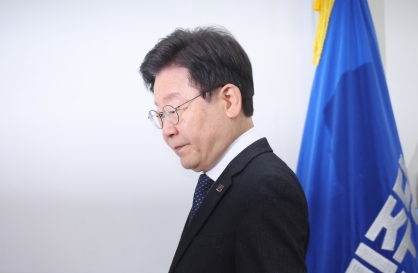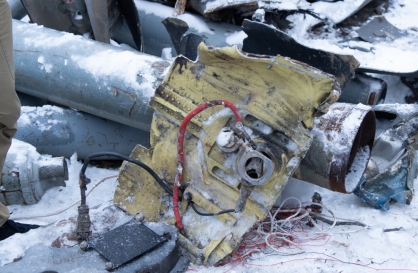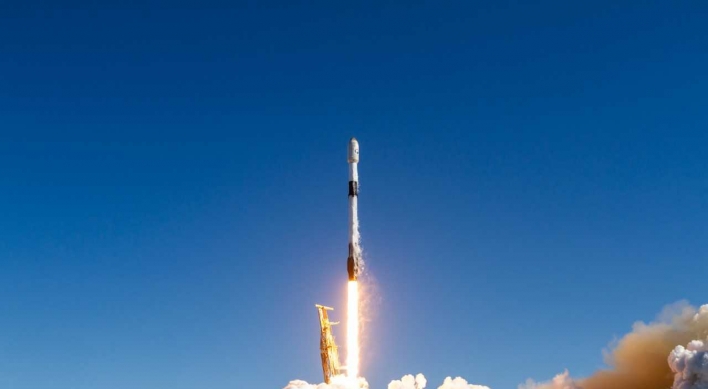South Korea on Monday approved a plan to purchase scores of Patriot Advanced Capability-3 missiles from the U.S. for deployment from 2016-2020, the state defense acquisition agency said.
During a top defense decision-making meeting presided over by Defense Minister Kim Kwan-jin, Seoul endorsed the plan that also includes upgrading the current missile interception system from 2014 through 2020. The upgrading work includes enhancing radars, launchers and control programs.
The government has set aside a budget of between 1.3 trillion won ($1.25 billion) and 1.4 trillion won for the plan aimed at countering North Korea’s persistent missile threats.
Seoul plans to purchase the hit-to-kill PAC-3 missiles from the U.S. through a government-to-government foreign military sale method, while the project to upgrade the interception system will be carried out through a competition, which would invite European firms such as MBDA of Germany.
Seoul has been pushing to upgrade its interception system and purchase advanced missile interceptors as it seeks to build its own independent missile defense system, called the Korea Air and Missile Defense.
The KAMD is a low-tier, multiple-interception program, which destroys incoming missiles at an altitude of 40-50 km with multiple interceptors. Currently, Seoul has PAC-2 missiles with fragmentation-type warheads, less lethal than the PAC-3, which employs “hit-to-kill” technology.
By Song Sang-ho (sshluck@heraldcorp.com)
During a top defense decision-making meeting presided over by Defense Minister Kim Kwan-jin, Seoul endorsed the plan that also includes upgrading the current missile interception system from 2014 through 2020. The upgrading work includes enhancing radars, launchers and control programs.
The government has set aside a budget of between 1.3 trillion won ($1.25 billion) and 1.4 trillion won for the plan aimed at countering North Korea’s persistent missile threats.
Seoul plans to purchase the hit-to-kill PAC-3 missiles from the U.S. through a government-to-government foreign military sale method, while the project to upgrade the interception system will be carried out through a competition, which would invite European firms such as MBDA of Germany.
Seoul has been pushing to upgrade its interception system and purchase advanced missile interceptors as it seeks to build its own independent missile defense system, called the Korea Air and Missile Defense.
The KAMD is a low-tier, multiple-interception program, which destroys incoming missiles at an altitude of 40-50 km with multiple interceptors. Currently, Seoul has PAC-2 missiles with fragmentation-type warheads, less lethal than the PAC-3, which employs “hit-to-kill” technology.
By Song Sang-ho (sshluck@heraldcorp.com)
-
Articles by Korea Herald



















